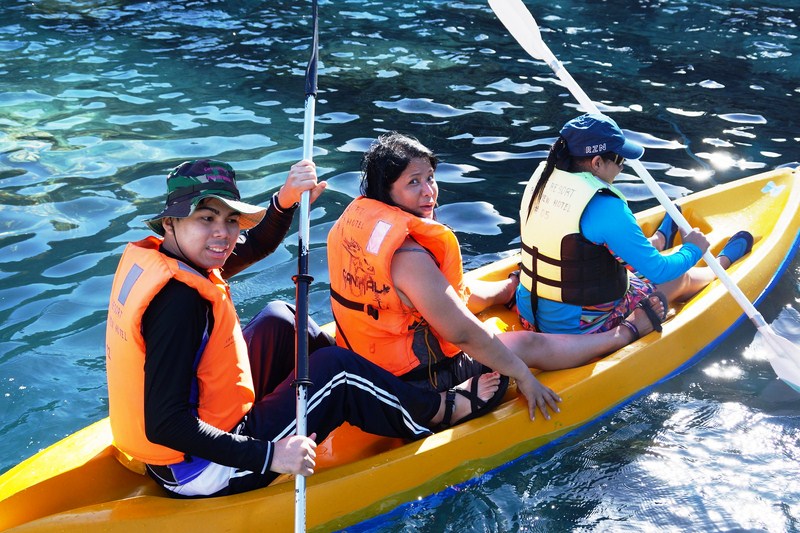From Britannia Beach, Grace, Jandy, Danny and I next drove the short 7.2-km. distance, along the Sea-to-Sky Highway on Howe Sound, to 87-hectare (210-acre) Shannon Falls Provincial Park, established on August 29, 1984 and located 58 kms. (36 mi.) from Vancouver and 2 kms. (1.2 mi.) south of Squamish.
Check out “Britannia Beach“
One of the town’s most recognizable features and visible along the Sea-to-Sky Highway (making it a popular day-use park), facilities in this park are operated by Sea to Sky Park Services Ltd. The small concession and information center, located next to the flush toilet building on the trail to the waterfalls, is managed by the park operator and offers food snacks, park and outdoor recreation information and souvenirs.
The main point of interest in this park, which also protects the surrounding area on the north-east shore of the Howe Sound, is the 335 m. (1,099 ft.) high, iconic, scenic and towering Shannon Falls, composed of a series of cliffs.
The third highest waterfall in British Columbia, it is ranked behind the 481 m. high Della Falls (Strathcona Provincial Park, Vancouver Island) and the 396 m. Hunlen Falls (Tweedsmuir Provincial Park near Bella Coola).
The falls was named after William Shannon who first settled the property in 1889 and made bricks in the area. The tumbling waters of the falls originate from Mount Habrich and Mount Sky Pilot. Shannon Falls rarely freezes but, when it does, it’s the subject of intense ice climbing interest. The falls and adjoining woods are commonly used in television and film production.
It is just a short hike to the spectacular viewpoint just below the falls. From the parking lot, we walked towards the park area where the picnic tables and the building with washrooms were located. From there, we veered left and began walking uphill as our path turned into a gravel trail. At the first junction, we went straight and continued, along the gravel path, as we entered the forest and continued walking next to scenic Shannon Creek.
The route, going up a short hill, then reaches a paved path. We went right and, as we continued walking, soon heard the sound of the roaring falls until the waterfall came into view. This first viewpoint was an excellent place to take photos and selfies. Further up the trail is the Sea to Summit Trail, a second viewpoint, with Shannon Falls viewed at a slightly different angle.
Shannon Falls Provincial Park: Squamish, British Columbia, Canada. Tel: 604 986-9371. E-mail: info@seatoskyparks.com. Website: www.seatoskyparks.com. Coordinates: 49°40′10″N 123°09′21″W









































































































